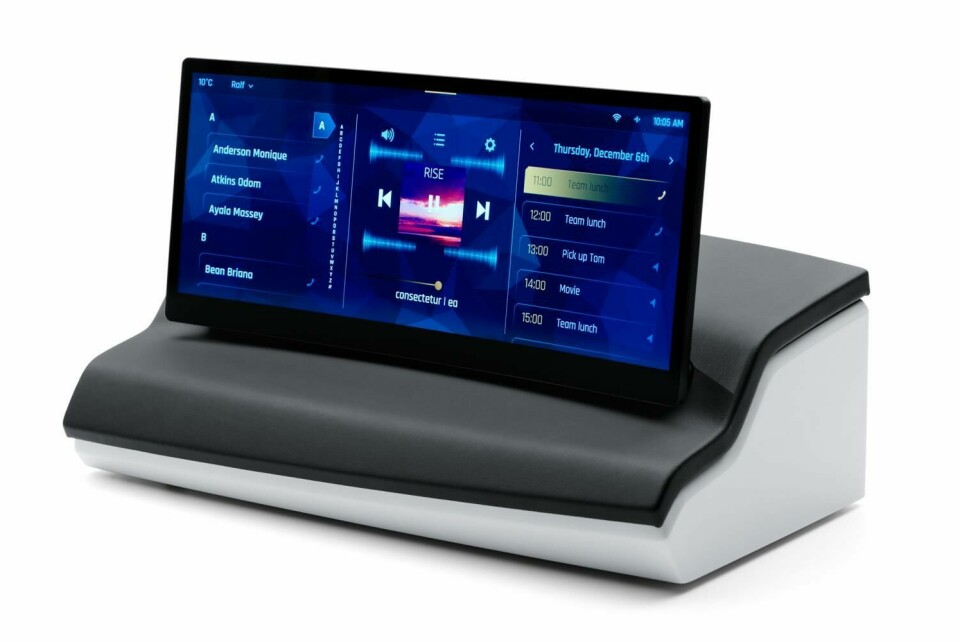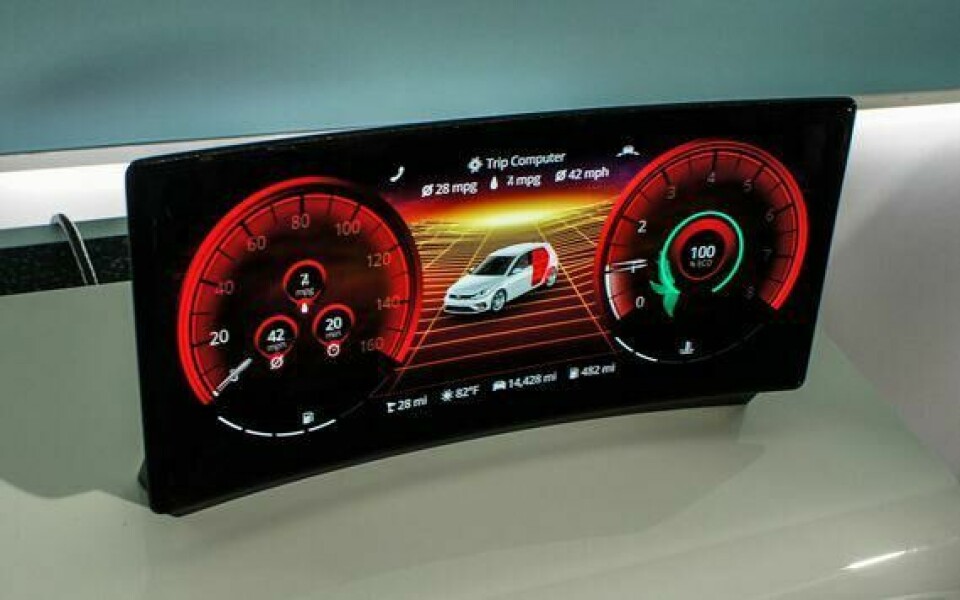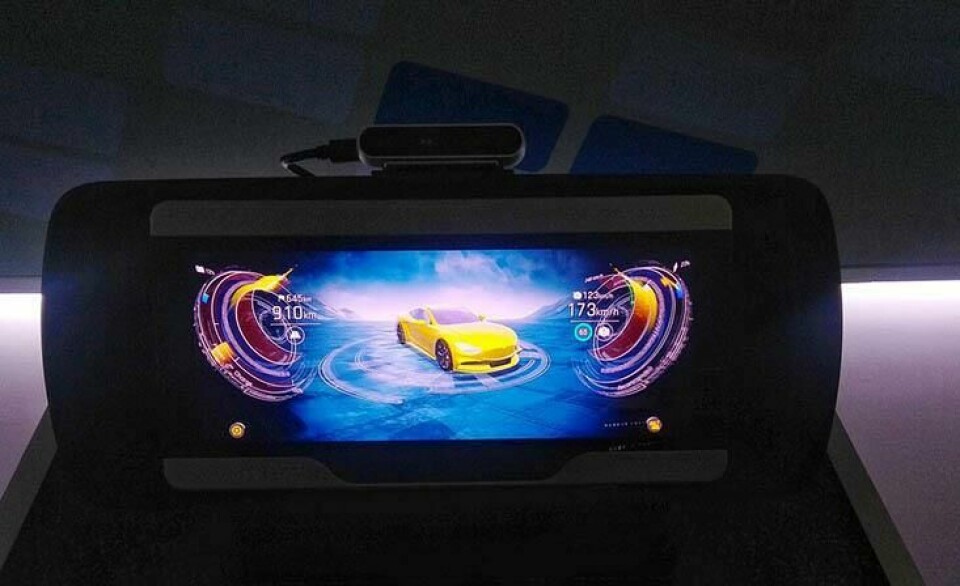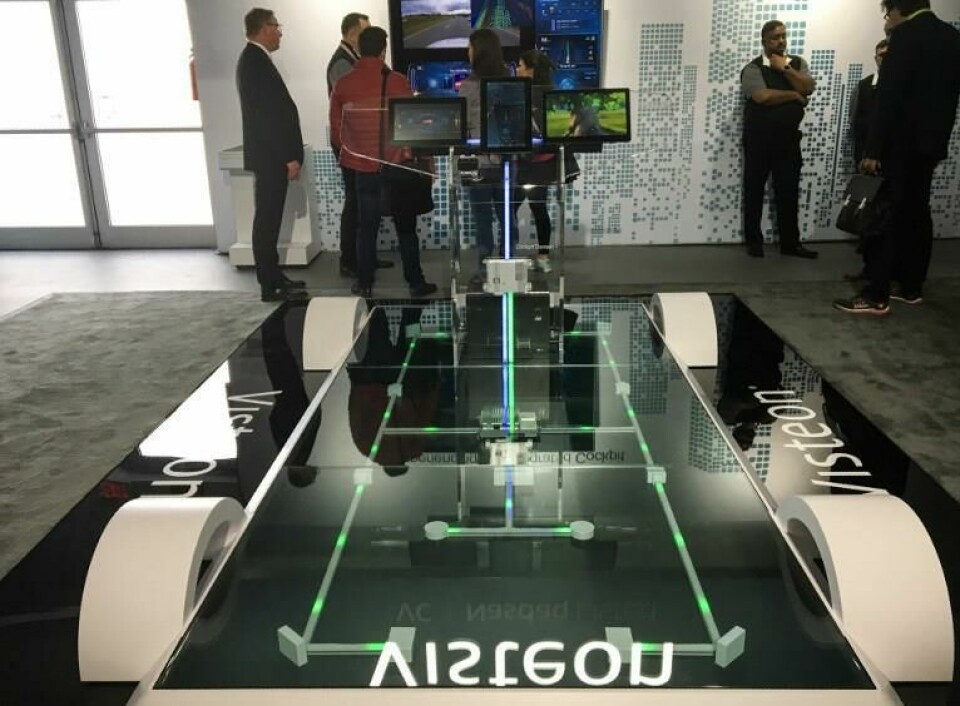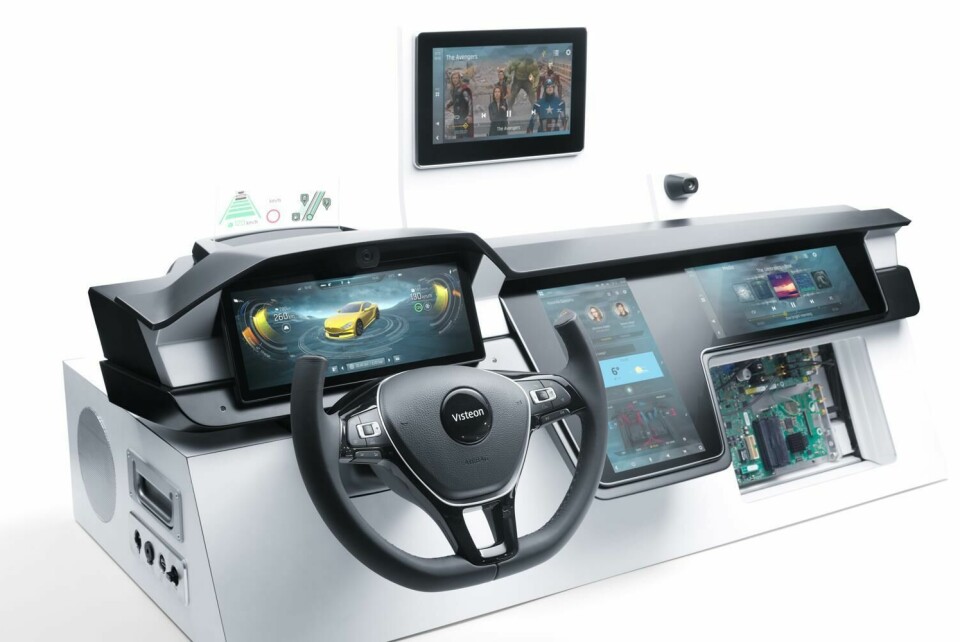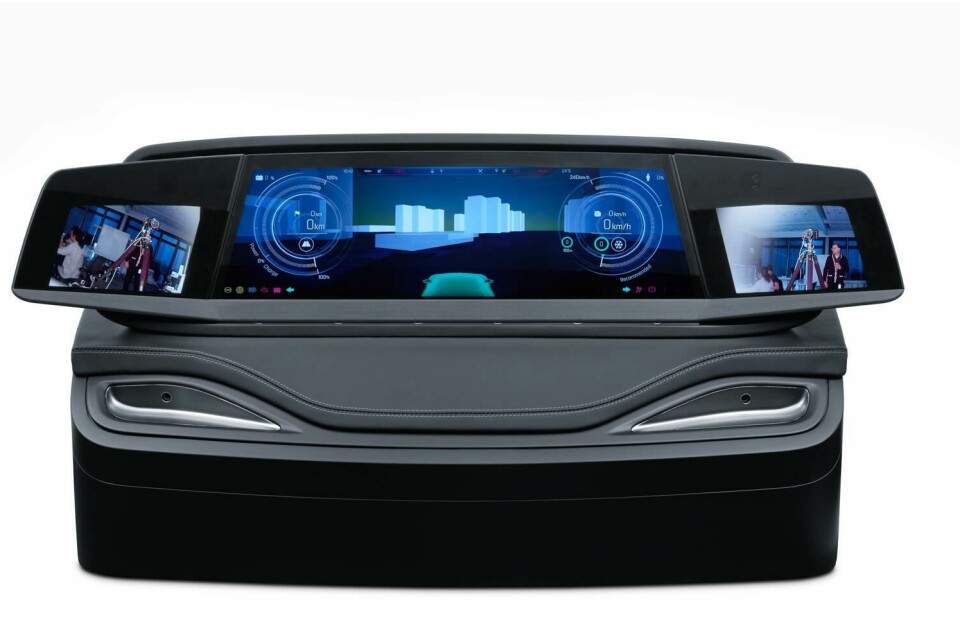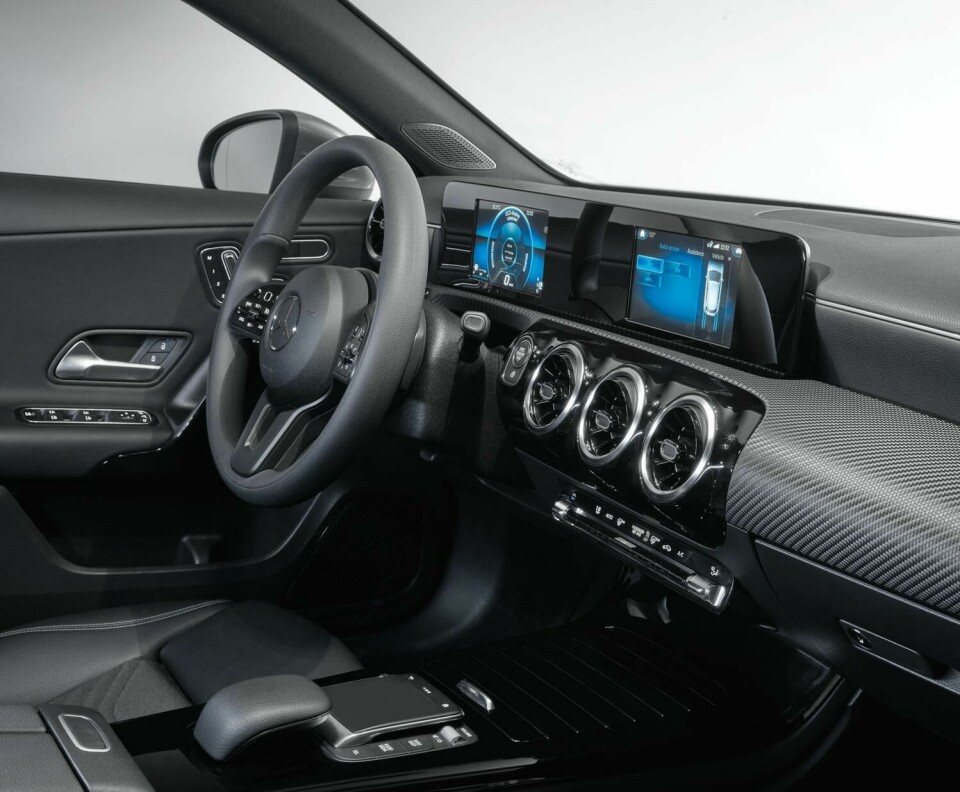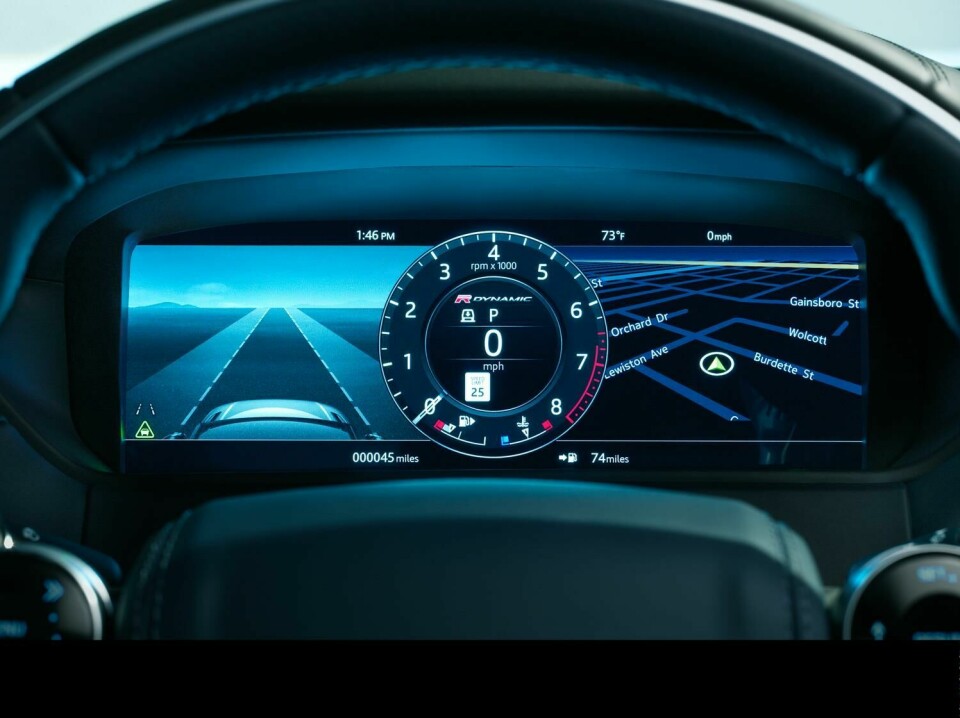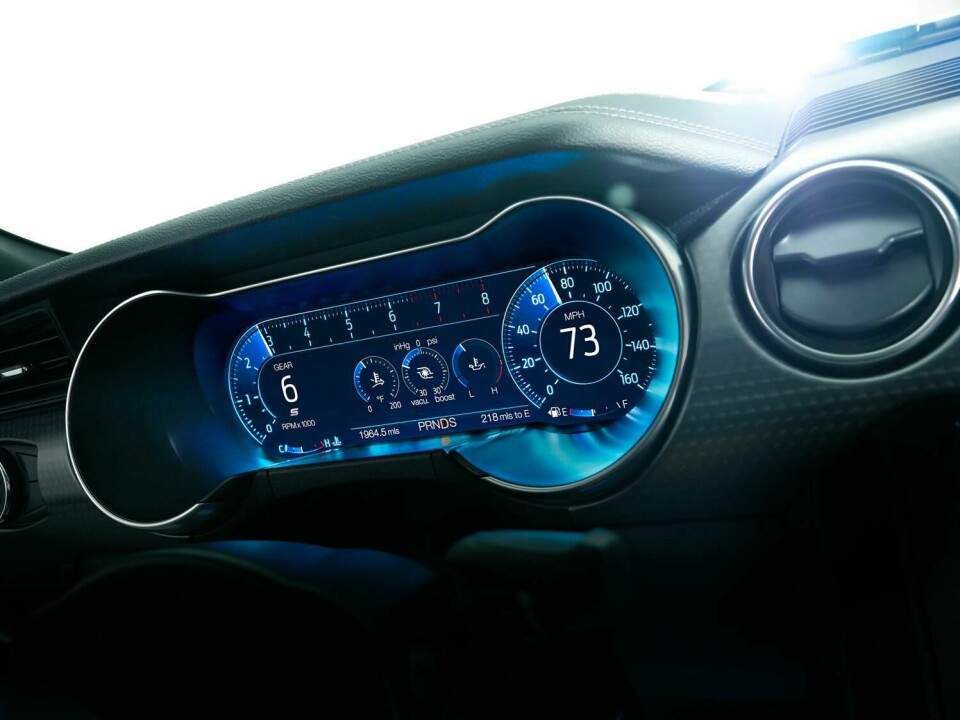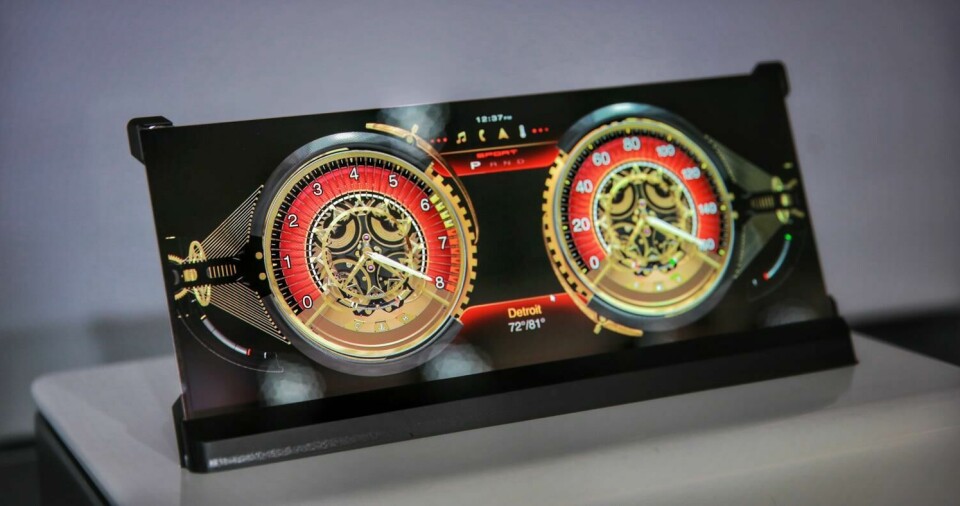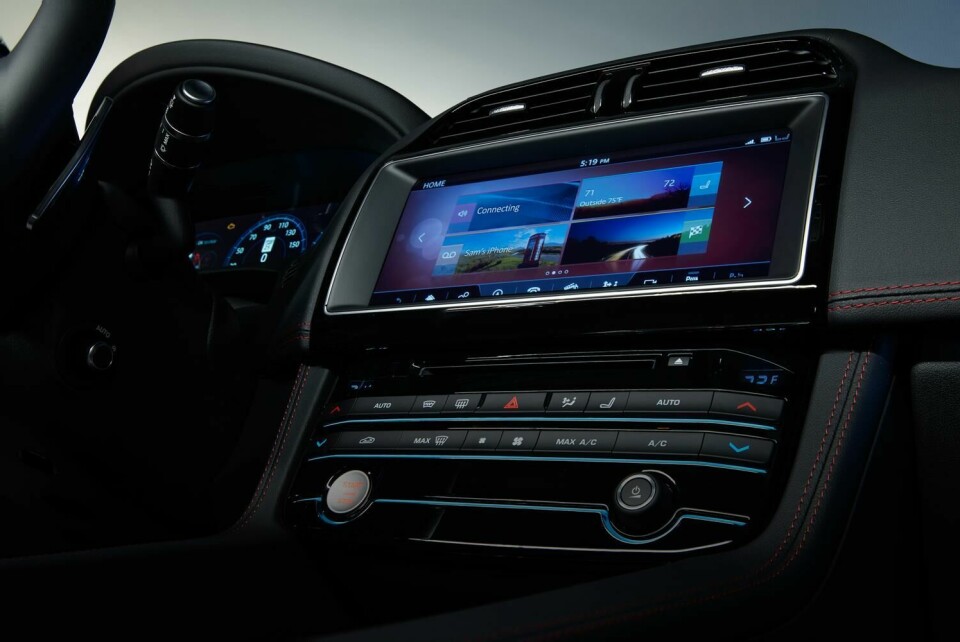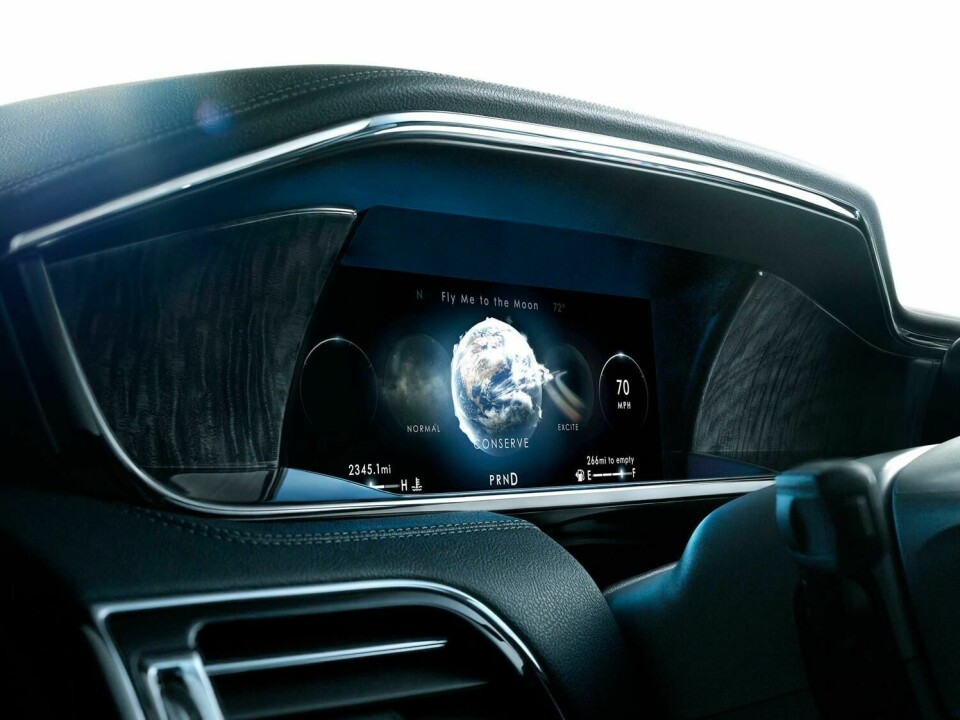
CES 2019: Visteon envisions the future cockpit
At CES 2019, Visteon showed its vision of the cockpit of the future
Visteon designs, engineers and manufactures vehicle cockpit electronic products and connected car solutions. Their products can be found in cars all over the world, and their presence in the connected automotive space is increasing yearly.
AT CES, they have their own pavilion where invited guests, (yes, we were one of the many) can view Visteon’s vision of the cockpit of the future.
No, there are no lounges or science fiction pods here. Visteon is all about the screens and the technologies underpinning them.

Visteon is perfecting the curved OLED display unit for the sculptural instrument panels of tomorrow
Their vision for the cockpit of the future and its interface can be summarised as follows:
1 Mass adoption of digital: analog gauges and dials etc must give way to digital instrumentation, sensors and screens.
2 Perfect the MHI: we have all heard of the Human-Machine Interface. But for autonomous and semi-autonomous cars, the real challenge is for the Machine to read the human to ascertain if a driver can take control of the car, is distracted, or even asleep. This involves a powerful range of sensors and cameras and a whole lot of AI. Perfecting the Machine-Human interface will be quite a challenge.
3 Manage the interior through sensors, as an extension of number 2 above; internal devices that interact with one another and to persons riding in a car.
The car of the future will have sensors that will detect disruptions in the cockpit even in a level 5 car. The system could detect if a seatbelt is off, if a child or the family dog is loose in the cabin, or other disruption. Safety is the focus, but there needs to be an assurance of security too. A big challenge as the era of autonomy approaches.
Visteon sees the car of the future controlled by two very powerful computers, each of which the company is racing to perfect. The computer controlling the cockpit interfaces is the Smart Core, a version of which can already be found in the Mercedes A- and B-class cars. This will continue to evolve as cars become more autonomous.

Visteon Smartcore installed in the new Mercedes A-class
The second computer, which Visteon calls the Drive Core, would operate the driving system of the car using lidar, radar, GPS, and other sensors. It would regulate speed and lane control, monitor surrounding conditions, apply emergency braking at level 3 autonomy and above, and eventually be responsible for level 5 operation.

A Drive Core unit designed for level 3 autonomy
Another way to think about the system is that the Drive Core is focused outward, and the Smart Core is focused inward. Visteon sees both computers communicating with the driver (or principal operator, if level 5).

A Smart Core system with 3D display
Visteon certainly seems to have developed a comprehensive vision of the future of autonomous driving, and the screens and interface that will go with it. We look forward to further advancements in the coming years.

A mock-up of autonomous driving sensors and computers at the Visteon pavilion
